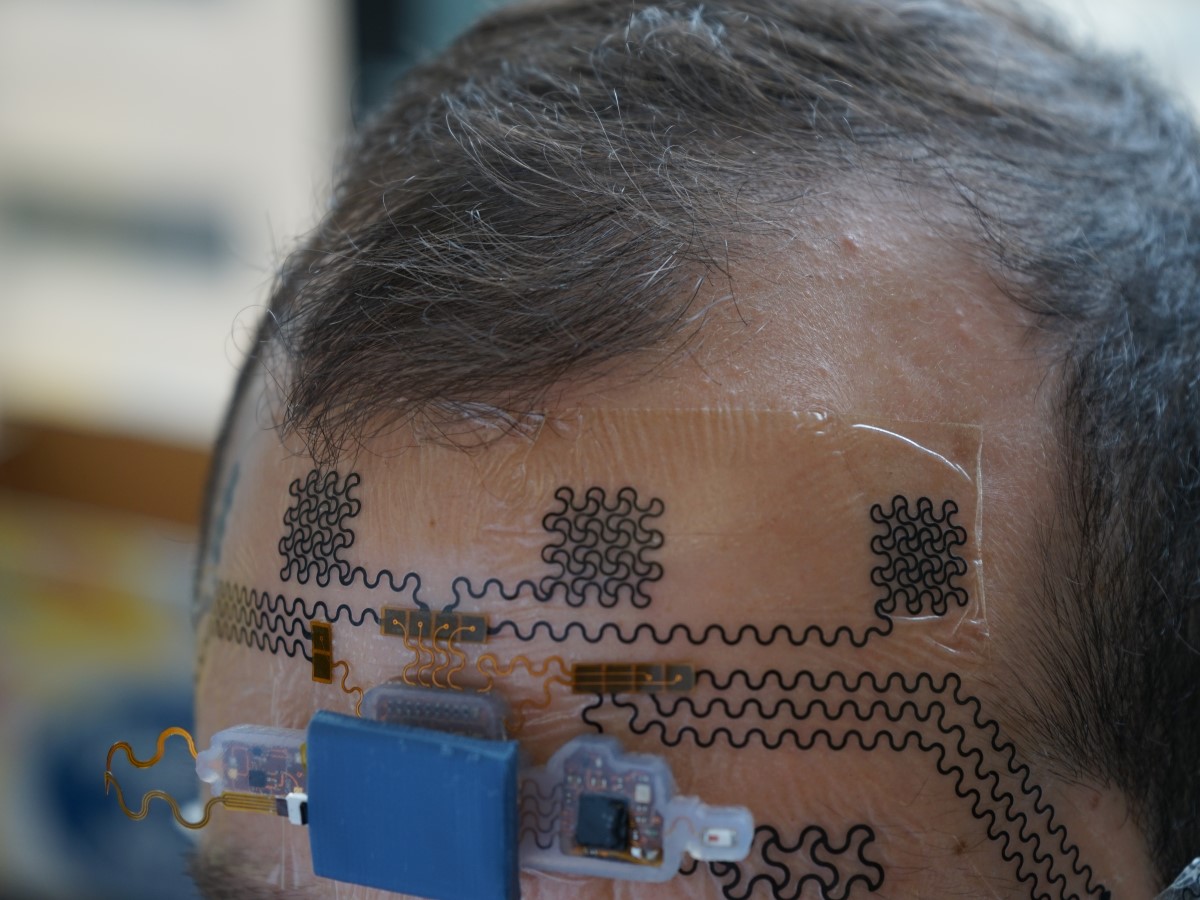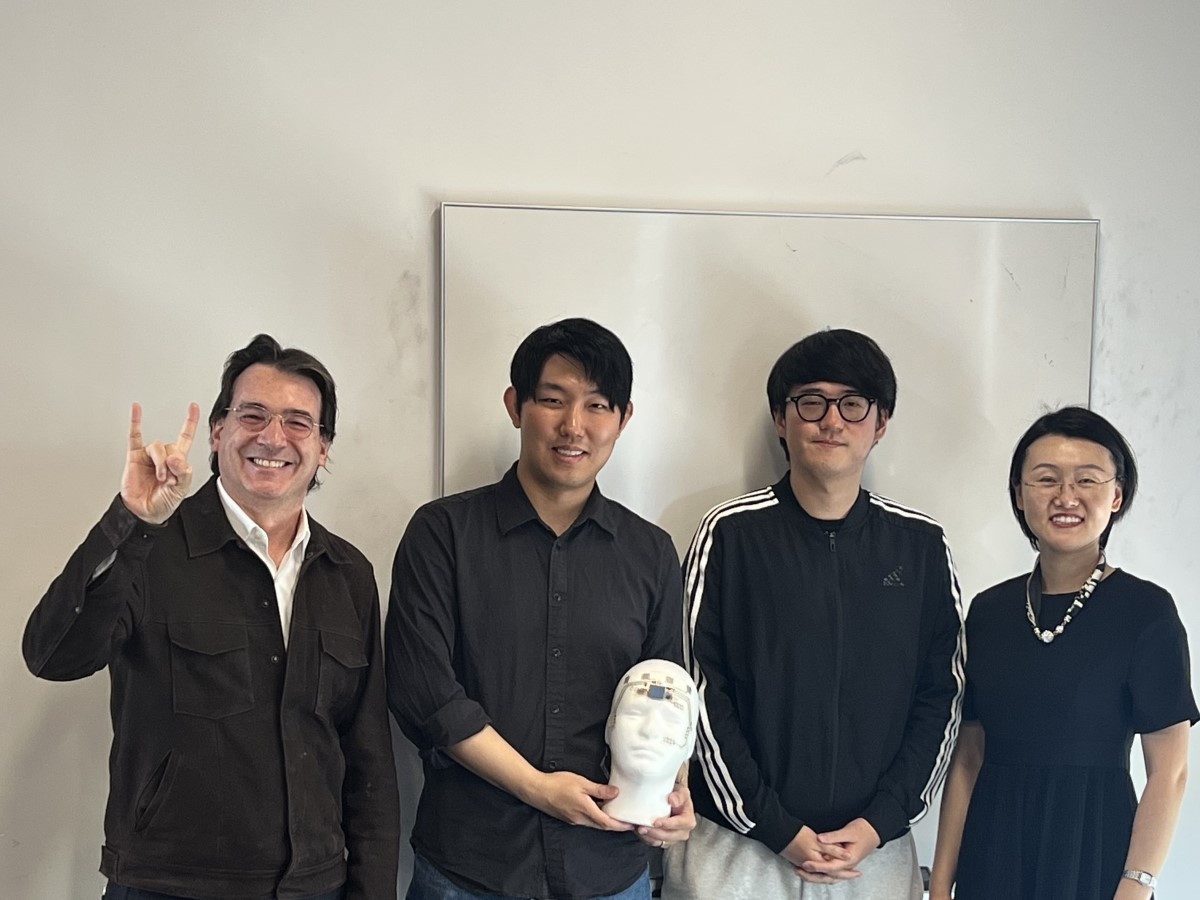
In stressful jobs like air traffic control and medicine, a small miscalculation can have serious consequences. It’s critical to make sure these essential personnel are in the position to perform their best, and new research may make a big impact in that pursuit.
Published May 29 in Device, a new study introduces a wireless forehead e-tattoo that decodes brainwaves to measure mental strain without bulky headgear. This technology may help track the mental workload of workers like air traffic controllers, surgeons, truck drivers and more.
"Technology is developing faster than human evolution. Our brain capacity cannot keep up and can easily get overloaded," says Nanshu Lu, the study's co-senior author from the Department of Aerospace Engineering and Engineering Mechanics at The University of Texas at Austin. “There is an optimal mental workload for optimal performance, which differs from person to person.”
Humans perform best in a cognitive Goldilocks zone, neither overwhelmed nor bored. Finding that balance is key to optimal performance. Current mental workload assessment relies on the NASA Task Load Index, a lengthy and subjective survey participants complete after performing tasks.
The e-tattoo offers an objective alternative by analyzing electrical activity from the brain and eye movement, also known as electroencephalography (EEG) and electrooculography (EOG). Unlike EEG caps that are bulky with dangling wires and lathered with squishy gel, the wireless e-tattoo consists of a lightweight battery pack and paper-thin sensors. These sensors feature wavy loops and coils, a design that allows them to stretch and conform seamlessly to the skin for comfort and clear signals.
“What’s surprising is those caps, while having more sensors for different regions of the brain, never get a perfect signal because everyone’s head shape is different,” says Lu. “We measure participants' facial features to manufacture personalized e-tattoos to ensure that the sensors are always in the right location and receiving signals.”

The researchers tested the e-tattoo on six participants who completed a memory challenge that increased in difficulty. As mental load rose, participants showed higher activity in theta and delta brainwaves, signaling increased cognitive demand, while alpha and beta activity decreased, indicating mental fatigue. The results suggest the device can detect when the brain is struggling.
The device didn’t stop at detection. It could also predict mental strain. The researchers trained a computer model to estimate mental workload based on signals from the e-tattoo, successfully distinguishing between different levels of mental workload. The results show that the device can potentially predict mental fatigue.
Cost is another advantage. Traditional EEG equipment can exceed $15,000, while the e-tattoo’s chips and battery pack costs $200, and disposable sensors are about $20 each. “Being low cost makes the device accessible,” says Luis Sentis, co-senior author from UT Austin. “One of my wishes is to turn the e-tattoo into a product we can wear at home.”
While the e-tattoo only works on hairless skin, the researchers are working to combine it with ink-based sensors that work on hair. This will allow for full head coverage and more comprehensive brain monitoring. As robots and new technology increasingly enter workplaces and homes, the team hopes this technology will enhance understanding of human-machine interaction.
“We’ve long monitored workers’ physical health, tracking injuries and muscle strain,” says Sentis. “Now we have the ability to monitor mental strain, which hasn’t been tracked. This could fundamentally change how organizations ensure the overall well-being of their workforce.”







